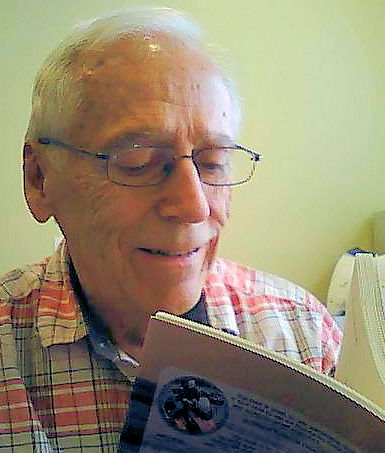Indian Motorcycles Part 3: The New Indian After Indian stopped manufacturing the classic Indian in 1953, there were a number of attempts to keep the Indian name before the public. The Indian Sales Corporation continued to sell motorcycles except that they were imported British bikes including Norton, Royal Enfield and Vincent. They also sold other makes rebadged with the Indian name. In 1954, the company sold Corgi folding motorcycles which were rebadged as the Indian Papoose the next year. In 1959 a new Chief was sold except it was really an Enfield Meteor 700. In 1960, Associated Motorcycles of Great Britain (AMC) acquired the rights to the name and renamed its dealers as AMC/Indian. In 1963, Berliner Motor Corporation took over distribution of AMC bikes and dropped the Indian name altogether. In 1968, longtime Indian enthusiast and dealer, Floyd Clymer, obtained the rights to the Indian name and sought to produce a new model but ran into difficulties. (It was later alleged that he did not have a legal claim to the trademarks and logos of Indian.) He also imported bikes and rebadged them with the Indian name. A prime example was the Indian Velo 500 that was really only a Velocette engine in an Italian frame. Only about 100 of these bikes found their way into the USA between 1969-1970. Clymer's death in 1970 ended this phase of Indian. In 1970, a California lawyer purchased the name to use on Taiwanese minibikes but the company went bankrupt in 1976. Several other attempts to continue the Indian name only resulted in court cases. Companies would go to great lengths to be allowed to use the Indian name because of its prominence in motorcycling history. According to the New Indian Web site:
The new company is based in Gilroy, CA. In 1999, the company sold 1100 bikes. In contrast, the Hendee Manufacturing Company sold 1181 motorcycles and added 100 new dealers in 1905. The story continues after the ads.
In 2001 the company celebrated the 100th anniversary of the Indian brand name. The new Indian Motorcycle Corporation had relied on S&S engines (clones of the Harley Evolution engine) for its first three model years but all along had been working on a new engine, the Powerplus™ 100, specifically made for the new Indian. That engine was introduced in their 2002 Chief models while the other Indian models continue to use the S&S engine. Indian closed its factory in Gilroy, CA on September 19, 2003. The 380 Indian employees at the plant were told that a deal with a new investor had fallen through. A new company has formed to continue the Indian name. They do have hopes of producing a new Indian motorcycle too. Here's a link. On April 19, 2011, Polaris announced that it had acquired Indian. For more information on Indian, I recommend a book entitled "The Classic Indian Motorcycle - A History of the Marque 1901 to 1953" by John Carroll, published by Barnes & Noble Books. |
||||
© 2016 Walter F. Kern. All rights reserved.
|













